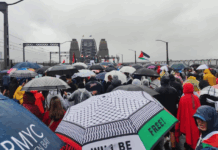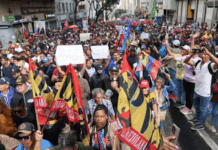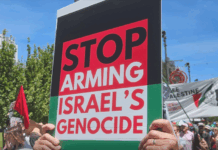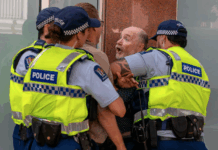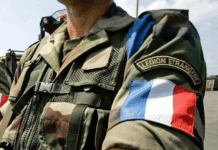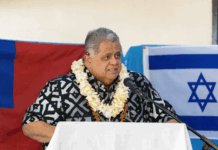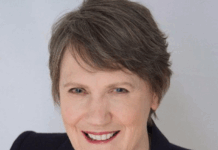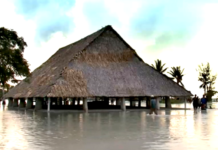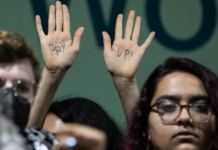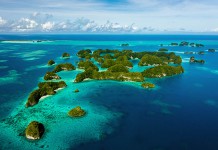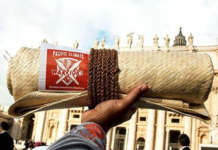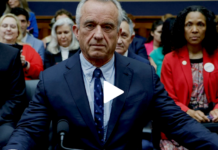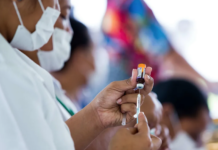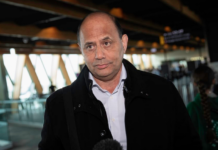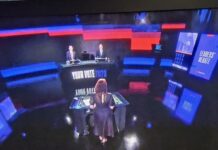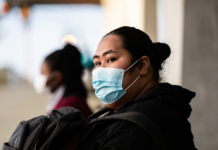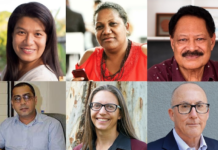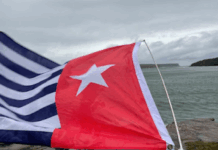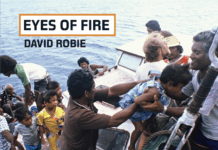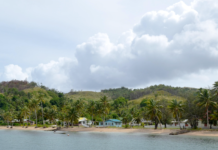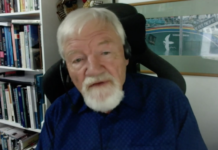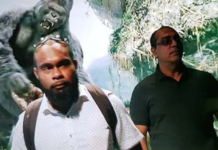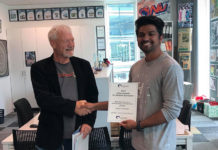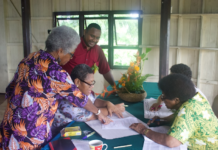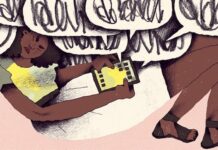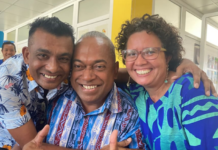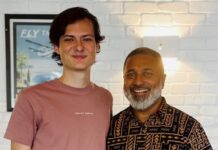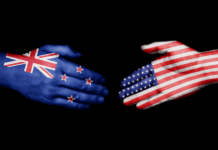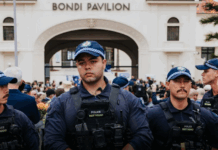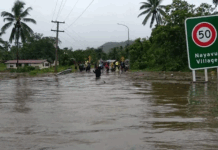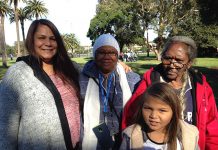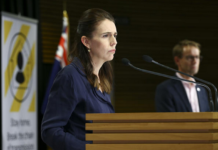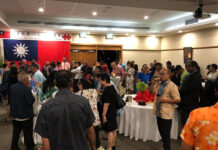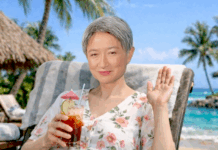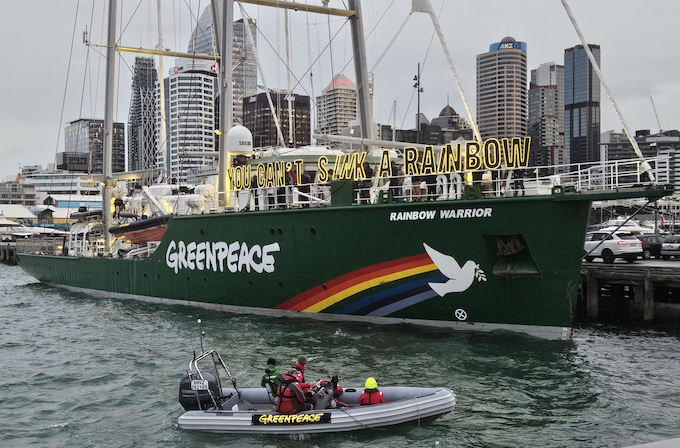
From the prologue of the 40th anniversary edition of David Robie’s seminal book on the Rainbow Warrior’s last voyage, former New Zealand prime minister Helen Clark (1999-2008) writes about what the bombing on 10 July 1985 means today.
By Helen Clark
The bombing of the Rainbow Warrior in Auckland Harbour on 10 July 1985 and the death of a voyager on board, Greenpeace photographer Fernando Pereira, was both a tragic and a seminal moment in the long campaign for a nuclear-free Pacific.
It was so startling that many of us still remember where we were when the news came through. I was in Zimbabwe on my way to join the New Zealand delegation to the United Nations World Conference on Women in Nairobi. In Harare I met for the first time New Zealand Anglican priest Father Michael Lapsley who, in that same city in 1990, was severely disabled by a parcel bomb delivered by the intelligence service of the apartheid regime in South Africa. These two bombings, of the Rainbow Warrior and of Michael, have been sad reminders to me of the price so many have paid for their commitment to peace and justice.
It was also very poignant for me to meet Fernando’s daughter, Marelle, in Auckland in 2005. Her family suffered a loss which no family should have to bear. In August 1985, I was at the meeting of the Labour Party caucus when it was made known that the police had identified a woman in their custody as a French intelligence officer. Then in September, French prime minister Laurent Fabius confirmed that French secret agents had indeed sunk the Rainbow Warrior. The following year, a UN-mediated agreement saw the convicted agents leave New Zealand and a formal apology, a small amount of compensation, and undertakings on trade given by France — the latter after New Zealand perishable goods had been damaged in port in France.
Both 1985 and 1986 were momentous years for New Zealand’s assertion of its nuclear-free positioning which was seen as provocative by its nuclear-armed allies. On 4 February 1985, the United States was advised that its naval vessel, the Buchanan, could not enter a New Zealand port because it was nuclear weapons-capable and the US “neither confirm nor deny” policy meant that New Zealand could not establish whether it was nuclear weapons-armed or not.
In Manila in July 1986, a meeting between prime minister David Lange and US Secretary of State George Schultz confirmed that neither New Zealand nor the US were prepared to change their positions and that New Zealand’s engagement in ANZUS was at an end. Secretary Schultz famously said that “We part company as friends, but we part company as far as the alliance is concerned”.
Pour les 40 ans de l’attentat de la France contre le Rainbow Warrior, le journaliste néo-zélandais @DavidRobie publie une nouvelle édition de son livre sur le dernier voyage du navire de Greenpeace. Préfacée par Helen Clark, ex-PM de Nouvelle-Zélandehttps://t.co/n1v8Nduel6
— Edwy Plenel (@edwyplenel) July 10, 2025
New Zealand passed its Nuclear Free Zone, Disarmament and Arms Control Act in 1987. Since that time, until now, the country has on a largely bipartisan basis maintained its nuclear-free policy as a fundamental tenet of its independent foreign policy. But storm clouds are gathering.
Australia’s decision to enter a nuclear submarine purchase programme with the United States is one of those. There has been much speculation about a potential Pillar Two of the AUKUS agreement which would see others in the region become partners in the development of advanced weaponry. This is occurring in the context of rising tensions between the United States and China.
Many of us share the view that New Zealand should be a voice for deescalation, not for enthusiastic expansion of nuclear submarine fleets in the Pacific and the development of more lethal weaponry.
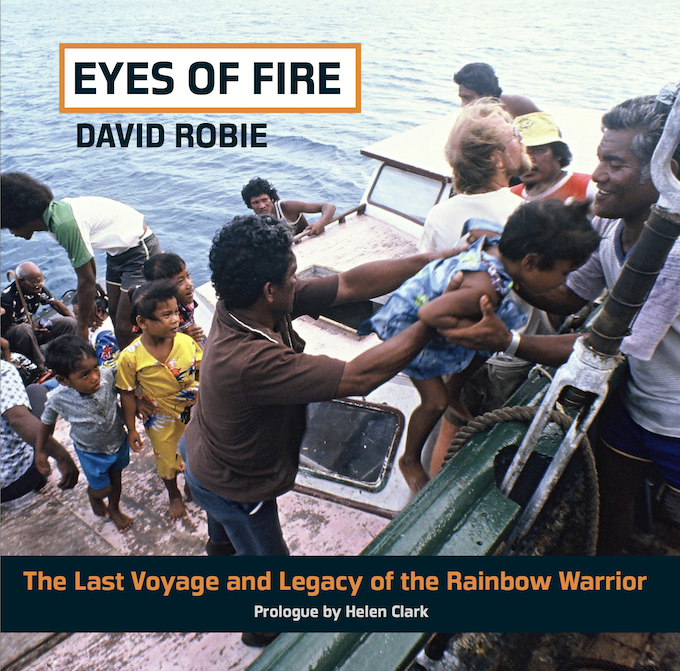
Nuclear war is an existential threat to humanity. Far from receding, the threat of use of nuclear weapons is ever present. The Doomsday Clock of the Bulletin of Atomic Scientists now sits at 89 seconds to midnight. It references the Ukraine theatre where the use of nuclear weapons has been floated by Russia. The arms control architecture for Europe is unravelling, leaving the continent much less secure. India and Pakistan both have nuclear arsenals. The Middle East is a tinder box with the failure of the Iran nuclear deal and with Israel widely believed to possess nuclear weapons. North Korea continues to develop its nuclear weapons capacity. An outright military conflict between China and the United States would be one between two nuclear powers with serious ramifications for East Asia, South-East Asia, the Pacific, and far beyond.
August 2025 marks the eightieth anniversary of the nuclear bombing of Hiroshima and Nagasaki. A survivors’ group, Nihon Hidankyo, was awarded the Nobel Peace Prize last year. They bear tragic witness to the horror of the use of nuclear weapons. The world must heed their voice now and at all times.
In the current global turbulence, New Zealand needs to reemphasise the principles and values which drove its nuclear-free legislation and its advocacy for a nuclear-free South Pacific and global nuclear disarmament. New Zealanders were clear — we did not want to be defended by nuclear weapons. We wanted our country to be a force for diplomacy and for dialogue, not for warmongering.
The multilateral system is now in crisis — across all its dimensions. The UN Security Council is paralysed by great power tensions. The United States is unlikely to pay its dues to the UN under the Trump presidency, and others are unlikely to fill the substantial gap which that leaves. Its humanitarian, development, health, human rights, political and peacekeeping, scientific and cultural arms all face fiscal crises.
This is the time for New Zealand to link with the many small and middle powers across regions who have a vision for a world characterised by solidarity and peace and which can rise to the occasion to combat the existential challenges it faces — including of nuclear weapons, climate change, and artificial intelligence. If our independent foreign policy is to mean anything in the mid-2020s, it must be based on concerted diplomacy for peace and sustainable development.
Movement back towards an out-of-date alliance, from which New Zealand disengaged four decades ago, and its current tentacles, offers no safe harbour — on the contrary, these destabilise the region within which we live and the wide trading relationships we have. May this new edition of David Robie’s Eyes of Fire remind us of our nuclear-free journey and its relevance as a lode star in these current challenging times.
- The 40th anniversary edition of Eyes of Fire: The Last Voyage and Legacy of the Rainbow Warrior by David Robie ($50, Little Island Press) can be purchased from Little Island Press.


